Chris Martens
Exploring Consequences of Privacy Policies with Narrative Generation via Answer Set Programming
Dec 13, 2022

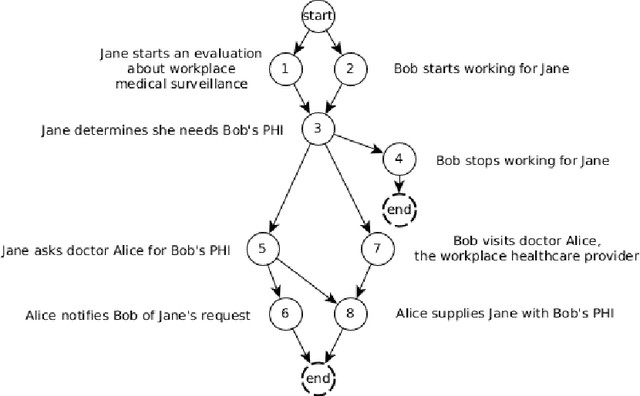
Abstract:Informed consent has become increasingly salient for data privacy and its regulation. Entities from governments to for-profit companies have addressed concerns about data privacy with policies that enumerate the conditions for personal data storage and transfer. However, increased enumeration of and transparency in data privacy policies has not improved end-users' comprehension of how their data might be used: not only are privacy policies written in legal language that users may struggle to understand, but elements of these policies may compose in such a way that the consequences of the policy are not immediately apparent. We present a framework that uses Answer Set Programming (ASP) -- a type of logic programming -- to formalize privacy policies. Privacy policies thus become constraints on a narrative planning space, allowing end-users to forward-simulate possible consequences of the policy in terms of actors having roles and taking actions in a domain. We demonstrate through the example of the Health Insurance Portability and Accountability Act (HIPAA) how to use the system in various ways, including asking questions about possibilities and identifying which clauses of the law are broken by a given sequence of events.
Towards Action Model Learning for Player Modeling
Mar 09, 2021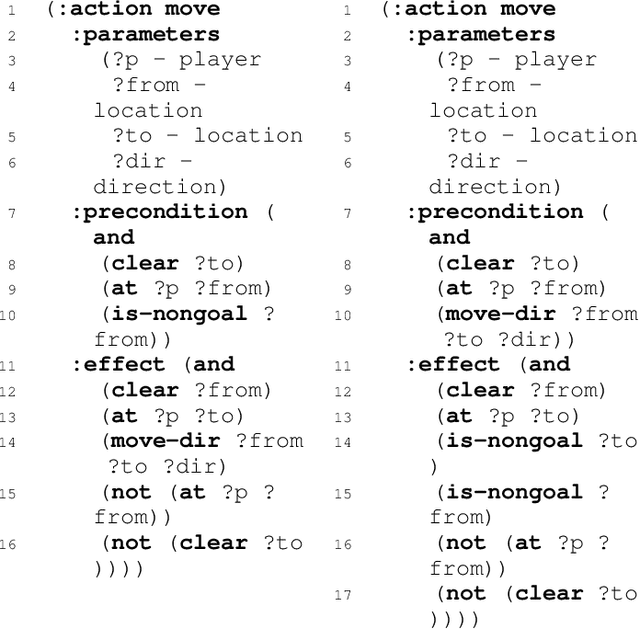
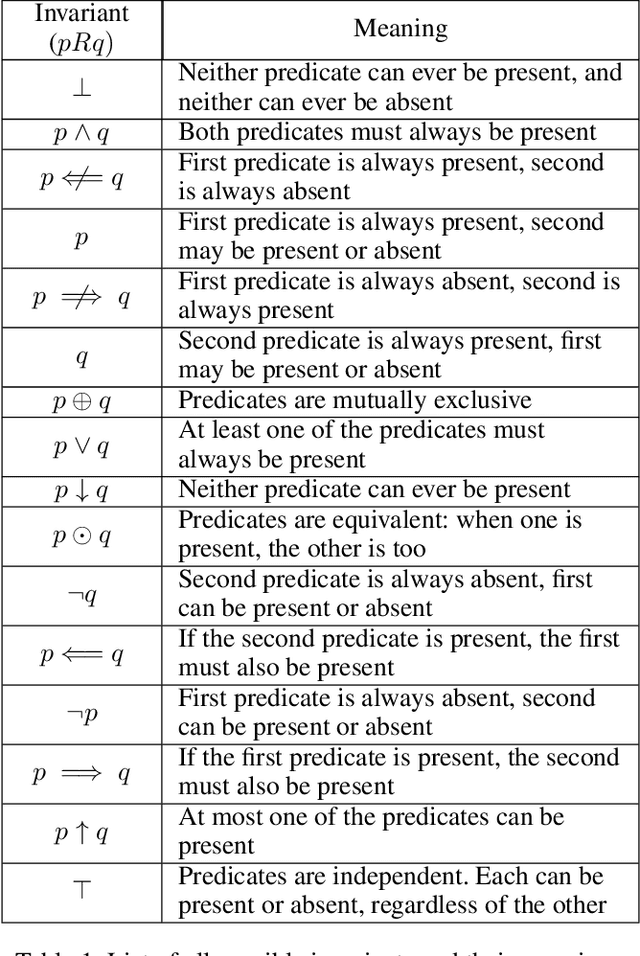

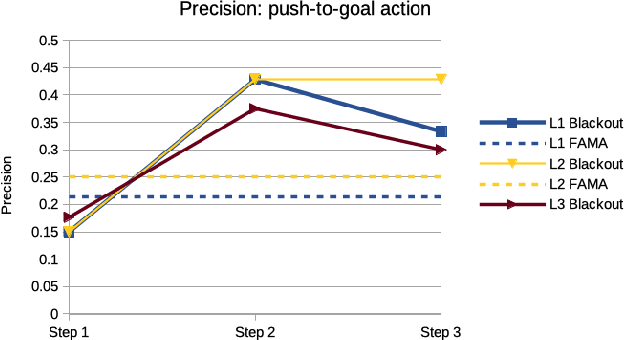
Abstract:Player modeling attempts to create a computational model which accurately approximates a player's behavior in a game. Most player modeling techniques rely on domain knowledge and are not transferable across games. Additionally, player models do not currently yield any explanatory insight about a player's cognitive processes, such as the creation and refinement of mental models. In this paper, we present our findings with using action model learning (AML), in which an action model is learned given data in the form of a play trace, to learn a player model in a domain-agnostic manner. We demonstrate the utility of this model by introducing a technique to quantitatively estimate how well a player understands the mechanics of a game. We evaluate an existing AML algorithm (FAMA) for player modeling and develop a novel algorithm called Blackout that is inspired by player cognition. We compare Blackout with FAMA using the puzzle game Sokoban and show that Blackout generates better player models.
* 7 pages, 1 figure
A Resourceful Reframing of Behavior Trees
Mar 24, 2018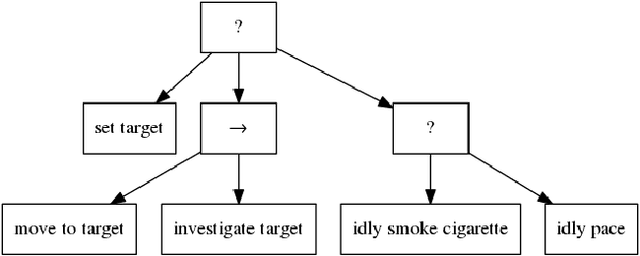


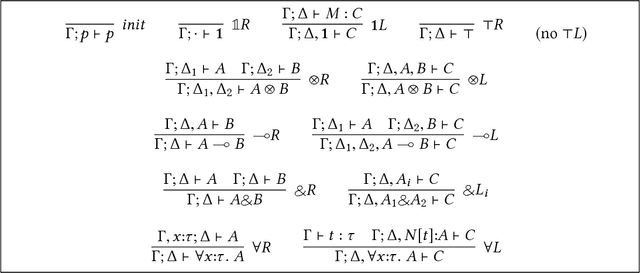
Abstract:Designers of autonomous agents, whether in physical or virtual environments, need to express nondeterminisim, failure, and parallelism in behaviors, as well as accounting for synchronous coordination between agents. Behavior Trees are a semi-formalism deployed widely for this purpose in the games industry, but with challenges to scalability, reasoning, and reuse of common sub-behaviors. We present an alternative formulation of behavior trees through a language design perspective, giving a formal operational semantics, type system, and corresponding implementation. We express specifications for atomic behaviors as linear logic formulas describing how they transform the environment, and our type system uses linear sequent calculus to derive a compositional type assignment to behavior tree expressions. These types expose the conditions required for behaviors to succeed and allow abstraction over parameters to behaviors, enabling the development of behavior "building blocks" amenable to compositional reasoning and reuse.
"How Was Your Weekend?" A Generative Model of Phatic Conversation
Feb 13, 2018

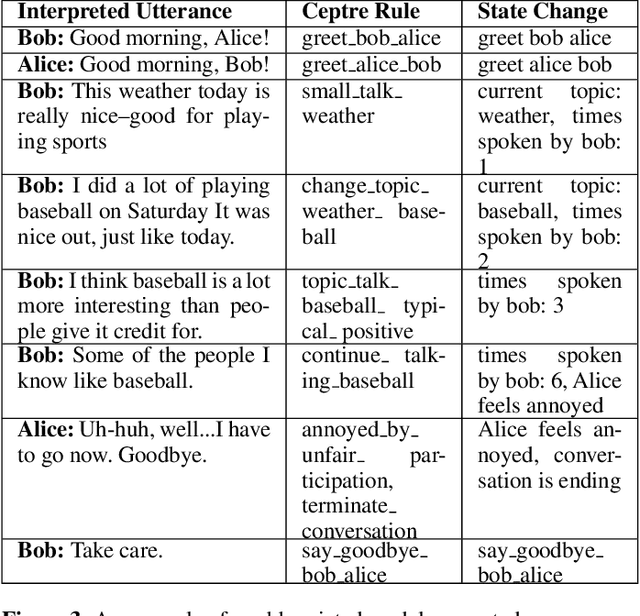
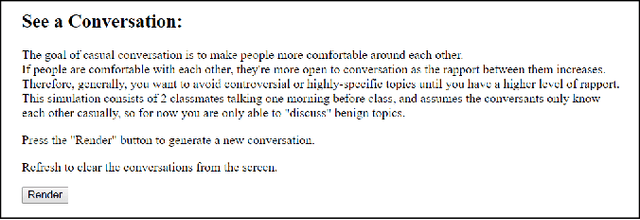
Abstract:Unspoken social rules, such as those that govern choosing a proper discussion topic and when to change discussion topics, guide conversational behaviors. We propose a computational model of conversation that can follow or break such rules, with participant agents that respond accordingly. Additionally, we demonstrate an application of the model: the Experimental Social Tutor (EST), a first step toward a social skills training tool that generates human-readable conversation and a conversational guideline at each point in the dialogue. Finally, we discuss the design and results of a pilot study evaluating the EST. Results show that our model is capable of producing conversations that follow social norms.
A Generative Model of Group Conversation
Jun 21, 2017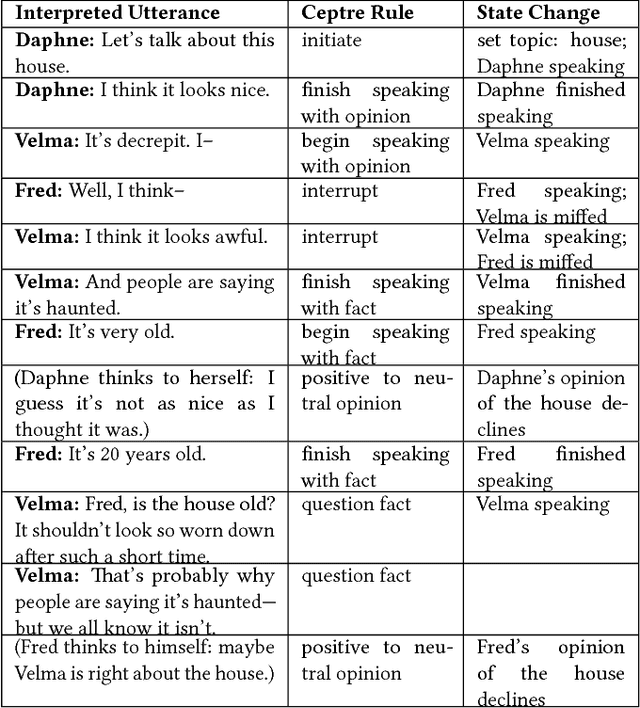

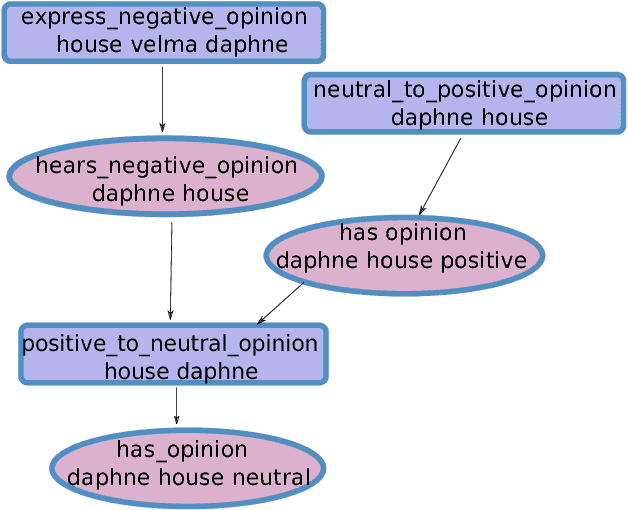

Abstract:Conversations with non-player characters (NPCs) in games are typically confined to dialogue between a human player and a virtual agent, where the conversation is initiated and controlled by the player. To create richer, more believable environments for players, we need conversational behavior to reflect initiative on the part of the NPCs, including conversations that include multiple NPCs who interact with one another as well as the player. We describe a generative computational model of group conversation between agents, an abstract simulation of discussion in a small group setting. We define conversational interactions in terms of rules for turn taking and interruption, as well as belief change, sentiment change, and emotional response, all of which are dependent on agent personality, context, and relationships. We evaluate our model using a parameterized expressive range analysis, observing correlations between simulation parameters and features of the resulting conversations. This analysis confirms, for example, that character personalities will predict how often they speak, and that heterogeneous groups of characters will generate more belief change.
Deriving Quests from Open World Mechanics
Apr 30, 2017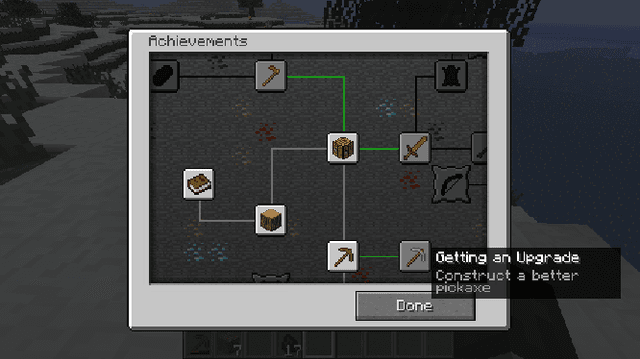
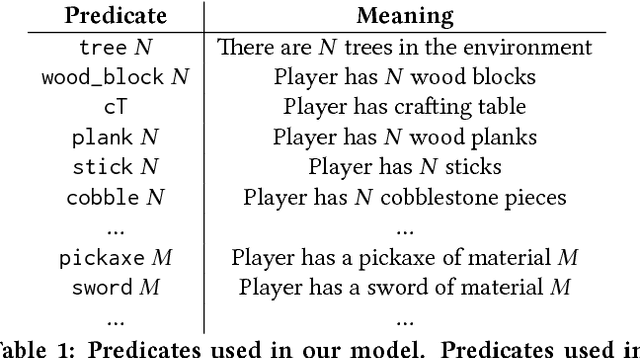
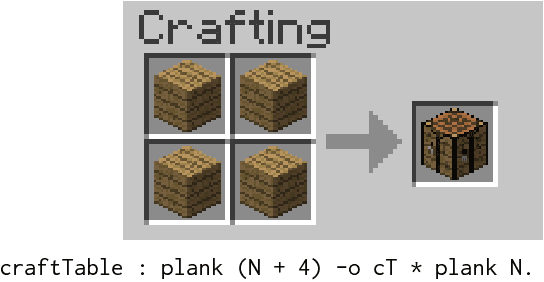

Abstract:Open world games present players with more freedom than games with linear progression structures. However, without clearly-defined objectives, they often leave players without a sense of purpose. Most of the time, quests and objectives are hand-authored and overlaid atop an open world's mechanics. But what if they could be generated organically from the gameplay itself? The goal of our project was to develop a model of the mechanics in Minecraft that could be used to determine the ideal placement of objectives in an open world setting. We formalized the game logic of Minecraft in terms of logical rules that can be manipulated in two ways: they may be executed to generate graphs representative of the player experience when playing an open world game with little developer direction; and they may be statically analyzed to determine dependency orderings, feedback loops, and bottlenecks. These analyses may then be used to place achievements on gameplay actions algorithmically.
 Add to Chrome
Add to Chrome Add to Firefox
Add to Firefox Add to Edge
Add to Edge